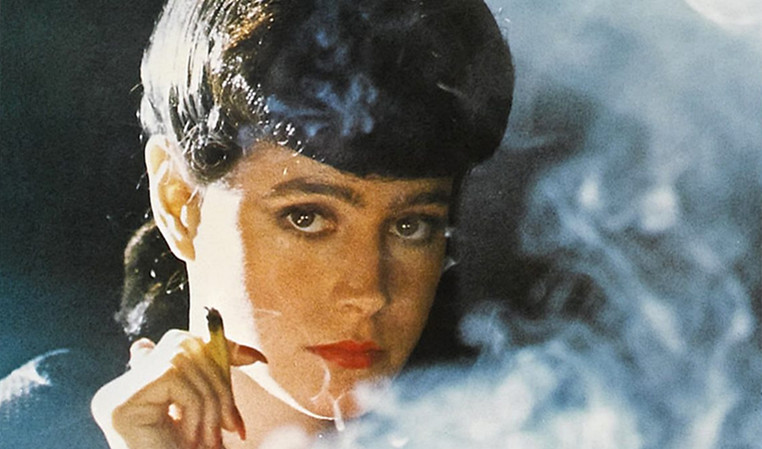
Though the 1970s are often heralded as the greatest decade in American film history, the 1980s established a more longstanding influence on the actual future of film. The ‘80s film landscape continued the trend of blockbusters introduced in the late ‘70s while setting up the breakthrough of independent film in the ‘90s. It also brought on bold changes to mainstream cinema that feel just as visceral and groundbreaking to auteurs and aspiring filmmakers today.
The fun popcorn movie made a big comeback, adventure and action films combined the rule-breaking of the ‘70s with ‘80s budgets to create bigger heroes and scarier villains. Genre films made more obvious forays into social commentary, making controversial takes on humanity palatable and worthy of action figures. Technological advancements inspired a slew of films that engaged the public’s curiosity with the relationship between men and machines. Since these are films which reflect American fears, there is also the odd bit of xenophobia here and there as villains tend to be German. On the independent side, the decade saw the rise of NYU filmmakers Spike Lee and Jim Jarmusch as well as career-changing work from David Lynch and the Coens. The new wave of indie film took audiences to even more varied worlds than New Hollywood did.
Perhaps the most lasting innovation of ‘80s cinema has been its genre and style mixing, often not implemented to please everyone but to challenge them. The surprising, even risky, inclusion of noir and comedy in unusual genres greatly damaged the limits of what filmmakers could do. Genre-blending is still a style everyone shoots for, but few can execute well. Generations of filmmakers and fans understood the ‘80s as not just a gap between “Star Wars” and “Pulp Fiction”. The 1980s were an era that strived to represent a wide variety of films that continued to subvert expectations violated by the ‘70s in more imaginative and entertaining ways.
10. Evil Dead 2 (1987)
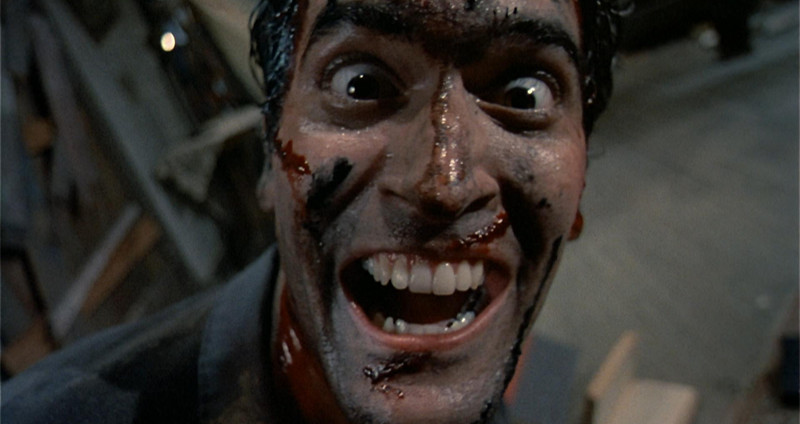
“Evil Dead 2: Dead by Dawn” perfectly embodies the ‘80s spirit of swinging for the fences with a budget outsized by imagination and creativity. A wink-and-a-nod re-do of its more straightforward predecessor “The Evil Dead”, it is also the godfather of every horror comedy that followed, fusing slapstick with an equally absurd level of gory violence. The most popular installment of the Evil Dead franchise, it once again brings hero Ash Williams to a cabin haunted by an evil spirit unleashed by the Necronomicon. It makes the most of an invisible monster through the most clever and unexpected instances of demonic possession in the horror genre.
The inclusion of humor is far more than a gimmick or novelty. It heightens the horror elements by confusing the viewer and nudging their guard down just in time for a whimsical but terrifying jump scare. Sometimes the two moods are combined, as in the scene with Ash maniacally laughing with the all the possessed objects in the room like a more demented version of “Pee Wee’s Playhouse”. Simply put, the film is so goofy it’s scary.
The balance of tones and inventive cinematography (some of the most well-used POV shots in the game) have directly influenced the horror work of Peter Jackson and Edgar Wright, among others. Bridging the violence of the Three Stooges and the silliness of over-the-top gore, “Evil Dead 2” is one of the most distinct contributions to cinema the ‘80s could offer.
9. Sex, Lies, and Videotape (1989)
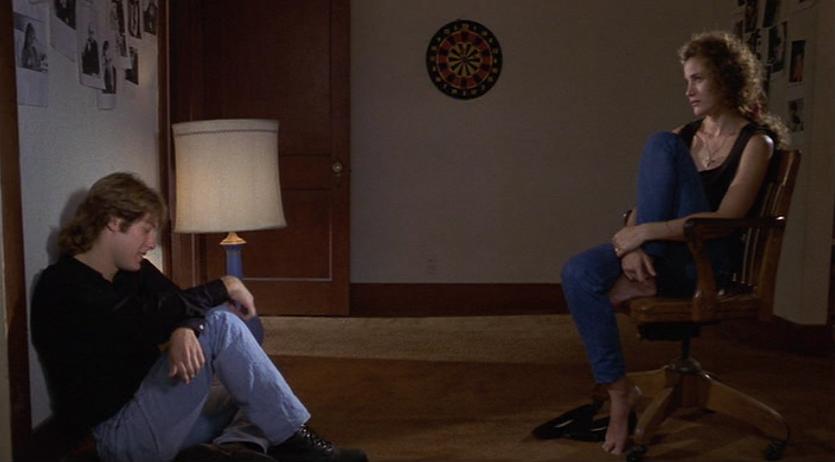
By all accounts, Steven Soderbergh’s “Sex, Lies, and Videotape” was a lightning rod for the independent film movement. It essentially made indies a marketable part of the industry, singlehandedly putting both Sundance and Miramax on the map.
It thrives off a simple but off-kilter premise: a visitor interferes with a troubled marriage and sisterhood while coping with his intimacy issues by recording women discussing their sex lives. The idea that the film’s hook was just that people would simply speak frankly about sex on camera seems quaint today but the film itself still holds up. Just because it mostly consists of dialogue doesn’t mean it has no style or is uninteresting to the eye. As conversations become more revealing and characters change, one can notice beautiful profile close-ups and even a very unexpected dolly zoom.
“Sex, Lies, and Videotape” made such a splash in its time that its distinct use of camcorder footage became a well-worn staple in ‘90s indie cinema. Many of the copycats used it as a gimmick to cultivate a sense of intimacy and authenticity. 31 years later, the film is still a groundbreaking work that it is to thank (or blame, depending on who’s asked) for the infinite waves of provocative and talky indies centered on neurotic WASPs that followed it.
8. This is Spinal Tap (1984)
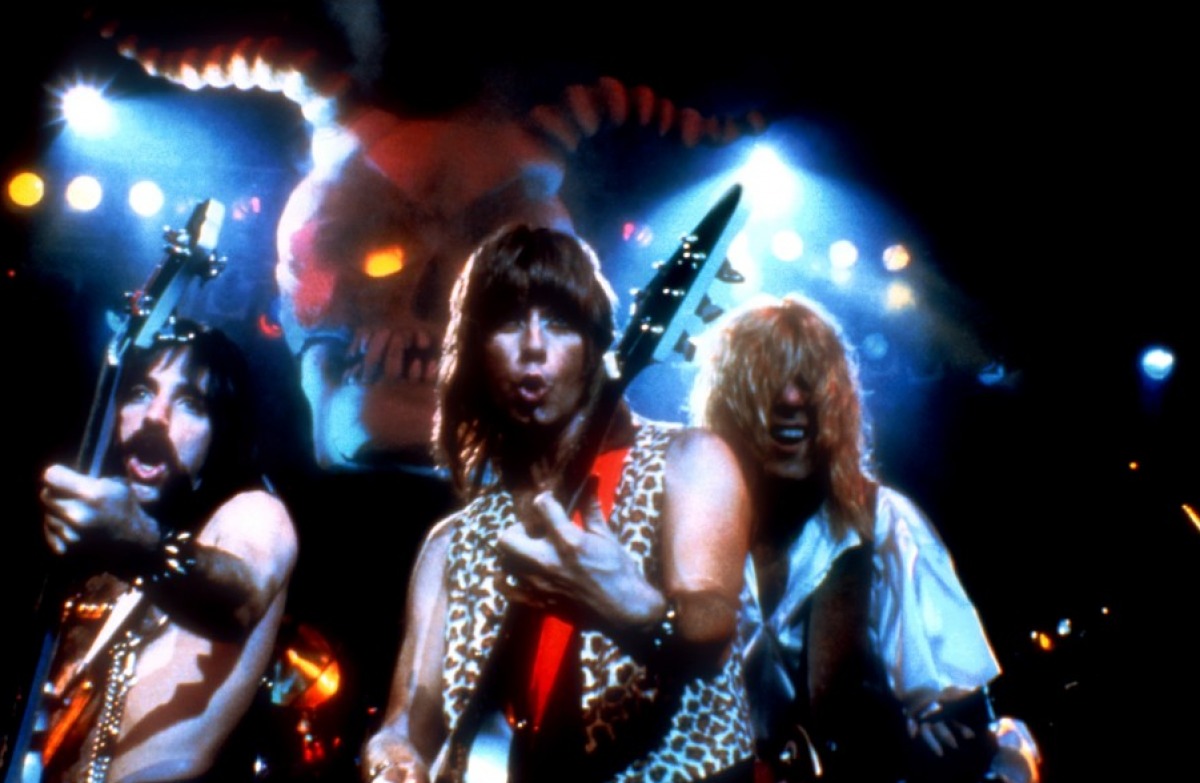
While many films on this list are influential for evolving or defining their genres for decades to come, few have invented their own subgenres. Rob Reiner’s “This is Spinal Tap” is the genesis of the fake, satirical documentary or “mockumentary” that nearly dominated comedy in the 21st century. Written (with largely improvised dialogue) by and starring Christopher Guest, Michael McKean, Harry Shearer and Reiner, the film documents the history and touring mishaps of out-of-touch English rock band Spinal Tap. The characters lack self-awareness and even basic intelligence, the wit is often dry, and the situations are too silly to not be at least a little bit accurate.
On the same level of earlier cult comedies like “Monty Python and the Holy Grail”, “Spinal Tap” is a quote factory. Beyond knobs that go to 11 and album covers that could be none more black, there are many deep cuts that always merit revisiting and keep the film’s legacy from becoming annoying or empty. Its humor is encapsulated by the idea that “it’s such a fine line between stupid and clever.”
The style of “Spinal Tap” carried on through Guest’s directorial efforts in the ‘90s, starting with “Waiting for Guffman”, and became ubiquitous within mainstream comedy films and TV. Because of this, there is a direct line between “This Is Spinal Tap” and the TV series “The Office. The mockumentary template is uniquely suited for showcasing eccentric characters and one-liners in ways straight comedies cannot. The film is also a likely influence on Judd Apatow’s films which were heavily improvised compared to other comedies of the 2000s.
“This Is Spinal Tap” not only influenced comedy films and television in the long run, it also proved prescient of rock music in the short term. Though the film was inspired by self-indulgent documentaries of “cerebral” rock bands of the late ‘70s, the trashier aspects of Spinal Tap’s image and gimmicks closely resembled the hair metal bands of the mid-to-late ‘80s. For an accidental spiritual successor to “This is Spinal Tap” that demonstrates this, one should also see Penelope Spheeris’s documentary “The Decline of Western Civilization Part II: The Metal Years”.
7. Raiders of the Lost Ark (1981)
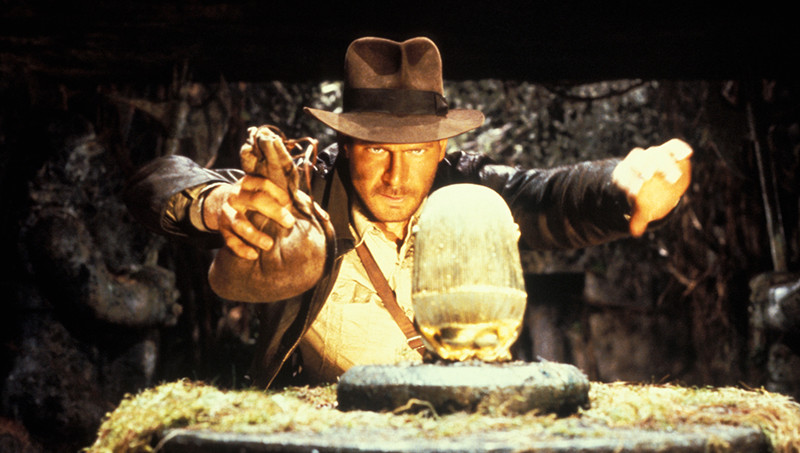
There was no better way to declare that the genre blockbuster trend would continue into the 1980s than “Raiders of the Lost Ark”, a super-project of Steven Spielberg and George Lucas. Nostalgia is a powerful source of inspiration for action-adventure films aimed at the whole family. In this case, it was a wistful remembrance of old film serials which created the idea for Indiana Jones. The first film in the franchise introduces Jones in a battle with Nazis as they pursue the Ark of the Covenant.
For many, Harrison Ford is the hero of the 1980s, which is interesting as his most famous non-Solo characters are a throwback to charming rogues of the 1940s. A year before he was a hardboiled noir hero in “Blade Runner”, here he is as an adventuring but snake-phobic archaeologist. With a literal rolling boulder of an opening, audiences are pulled into a humorous, beautifully filmed and scored spectacle of non-stop action that only exists to be fun. Despite low pre-release enthusiasm, the film succeeded in making a period piece that could capture the imagination and hearts of 80s children. It also cemented the assumption that the masses craved fantasy and escapism which is obviously no different from the current theatrical film landscape. As far as big glossy 1980s films go, “Raiders of the Lost Ark” is a real face-melter.
6. Blue Velvet (1986)
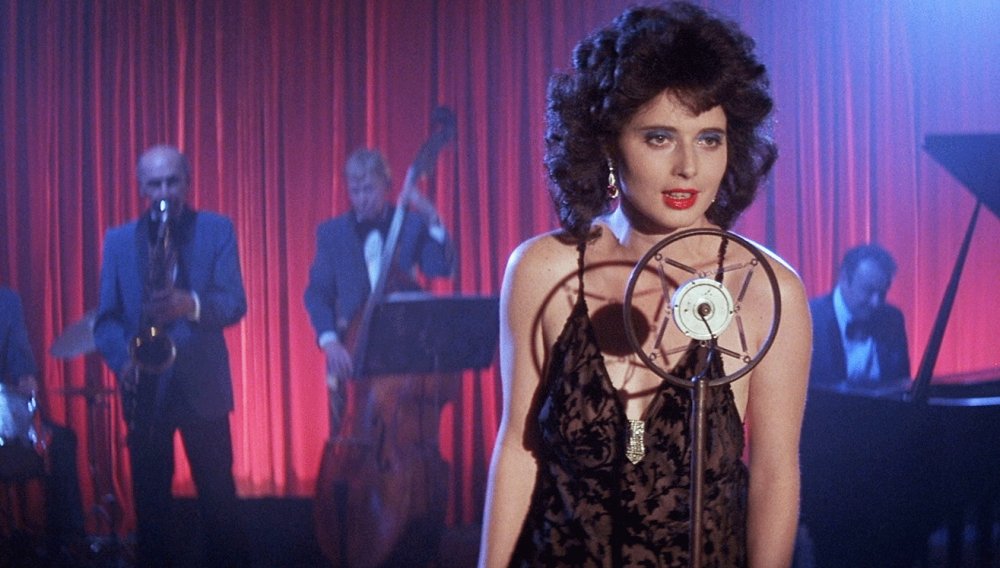
In “Blue Velvet”, Laura Dern tells Kyle MacLachlan she doesn’t know whether he is a detective or a pervert and the answer for nearly all of David Lynch’s work is that it’s quite a bit of both. Lynch’s signature ‘80s work, “Blue Velvet”, might be the first evidence of audiences flipping their lid over a film even with the certainty that they have no idea what is going on or what could happen next. Some films don’t need to hold a viewer’s hand through a mysterious but plausible plot. Some films just need severed ears and kink (to put it nicely) combined with early 60s pop ballads and lush flower shots in ways that make the audience feel crazy for finding it bizarre. The audience asks why the entire time and the film just shrugs and assures us that “it’s a strange world.”
In a decade that gave us some of cinema’s most murderous killers on Earth and beyond, no villain was as frightening as Frank Booth because nothing is as terrifying as the unpredictable. Everything he says and does is the psychological horror equivalent of a stab in a slasher film. Many considered the violent and sexual content tasteless in the ‘80s but it is meant to attract and bewilder rather than titillate. The surreal style and mood surrounding this content can’t truly be duplicated (though many have obviously tried) and this keeps the film fresh.
One could argue that “Blue Velvet” opened the floodgates of independent films that were transgressive while mixing genres and eras. Severed ears and older music used for juxtaposition also figure into “Reservoir Dogs”, for instance. Additionally, the sexually charged neo-noir that, for better or worse, populated the ‘90s and has lingered in the 21st century is also the result of “Blue Velvet”.